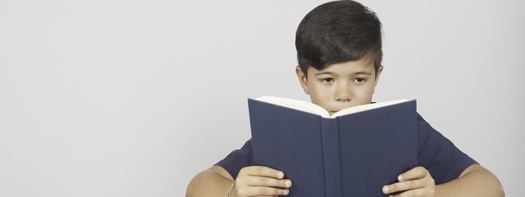AMERICA’S SCHOOLS ARE FAILING
For decades, well-meaning public servants and eager parental citizen groups have decried the quality of the American public school system. “Ed-reformers” claim that U.S. public schools are failing; that the culprits are bad teachers, teachers’ unions, and government bureaucracy.
CHARTER SCHOOLS
Their solution was to create a market-based competitive public school system that would enable private individuals and organizations to obtain charters to create their own k-12 schools. These were to be taxpayer-funded schools, but privately run and exempt from many government regulations. The funding would come from the resources of regular public schools: each student would “carry” his or her per-child funding out of the district system to a charter school.
As of 2015, 43 states and the District of Columbia have adopted charter school laws. Currently more than 6,700 public charter schools serve about 2.9 million students across the country. Clearly everyone agreed that competitive public education was a reasonable market-based solution. Has it turned out to be an easy answer?
SOME PROBLEMS
Giving parents the power to choose the schools their children attend has been a key element of the nationwide effort to radically change the nature of American public education. Theoretically, a vibrant market would result in better schools replacing struggling ones to the benefit of every child, and schools that compete will drive for efficiencies and operate at lower costs. Like every other market-based solution, however, the charter school experiment is experiencing some unexpected negative results.
- Charter Schools do divert tax revenue from already underfunded district schools, especially those serving low-income and minority students.
- Charter schools enroll a smaller proportion of the most at-risk children (for example, children with disabilities and English-language learners). “Charters filter out certain kids,” says Christopher Lubienski, a University of Illinois education professor. Low-income students who attend charters “tend to be the advantaged of the disadvantaged,” he says. “The poorest kids and the kids with the costliest special needs still go to public schools.”
- Schools under private management are less transparent and less accountable to the public than district schools and, as a result, the quality of charter schools has been found to be extremely uneven.
- Public school districts are responsible for educating every child. If a charter school fails, the traditional public school is the backstop and must have the capability of serving every child who chooses to enroll, whenever they need to enroll. If funds have already been diverted to the failed charter school, how will this shortfall be made up?
LET US NOT BE COMPLACENT
Even the most logical solution to a complex problem can, and often does, spawn new problems. The charter school movement has been a positive step in the right direction. We must, however, not stop here. We must seek to solve the new problems our solution has created with the same well-intentioned vigor we used on the original problem. Remember…there are no easy answers.


